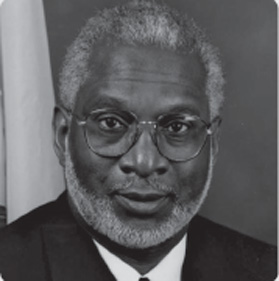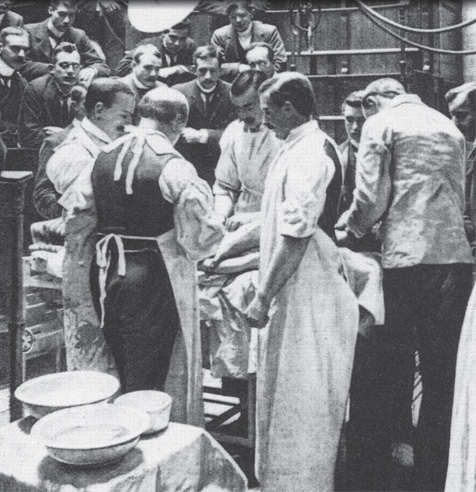MEDICINE AND HEALERS THROUGH HISTORY
HEALTH AND DISEASE IN SOCIETY
MEDICINE
AND
HEALERS
THROUGH HISTORY
EDITED BY KARA ROGERS, SENIOR EDITOR, BIOMEDICAL SCIENCES

Published in 2011 by Britannica Educational Publishing
(a trademark of Encyclopdia Britannica, Inc.)
in association with Rosen Educational Services, LLC
29 East 21st Street, New York, NY 10010.
Copyright 2011 Encyclopdia Britannica, Inc. Britannica, Encyclopdia Britannica, and the Thistle logo are registered trademarks of Encyclopdia Britannica, Inc. All rights reserved.
Rosen Educational Services materials copyright 2011 Rosen Educational Services, LLC. All rights reserved.
Distributed exclusively by Rosen Educational Services.
For a listing of additional Britannica Educational Publishing titles, call toll free (800) 237-9932.
First Edition
Britannica Educational Publishing
Michael I. Levy: Executive Editor
J.E. Luebering: Senior Manager
Marilyn L. Barton: Senior Coordinator, Production Control
Steven Bosco: Director, Editorial Technologies
Lisa S. Braucher: Senior Producer and Data Editor
Yvette Charboneau: Senior Copy Editor
Kathy Nakamura: Manager, Media Acquisition
Kara Rogers: Senior Editor, Biomedical Sciences
Rosen Educational Services
Alexandra Hanson-Harding: Editor
Nelson S: Art Director
Cindy Reiman: Photography Manager
Nicole Russo: Designer
Matthew Cauli: Cover Design
Introduction by Catherine Vanderhoof
Library of Congress Cataloging-in-Publication Data
Medicine and healers through history/edited by Kara Rogers.1st ed.
p.; cm.(Health and disease in society)
In association with Britannica Educational Publishing, Rosen Educational Services.
Includes bibliographical references and index.
ISBN 978-1-61530-405-9 (eBook)
1. PhysiciansBiography. 2. MedicineHistory. I. Rogers, Kara. II. Series: Health and disease in society.
[DNLM: 1. History of MedicineEncyclopediasEnglish. 2. DiseasehistoryEncyclopediasEnglish. 3. Health Personnelhistory--EncyclopediasEnglish. WZ 13]
R134.M37 2011
610.9dc22
2010029135
Cover Shutterstock.com
On pages : This X-ray image of a chest shows a growth on the left side, which might indicate lung cancer. National Cancer Institute
CONTENTS

















INTRODUCTION

The history of medicine could be seen as a millennia-long progression from superstition to enlightenment. Although such a characterization might even be true in the broadest strokes, it would be a significant oversimplification of the fascinating story of the development of medical knowledge. In fact, remarkably sophisticated medicine was being practiced in some societies many centuries BCE, and some recent scientific discoveries have served to validate the efficacy of treatments once dismissed as old wives tales.
What is unquestionably true is that the history of medicine has seen a steady progression in scientific knowledge of how the human body works, which has led to amazing advances in understanding the causes of disease as well as how to treat and prevent disease. In some cases, these advances have even led to the complete eradication of historically devastating diseases. The history of medicine is also very much the history of specific individuals who have made discoveries and advances relating to human anatomy and physiology, as well as those who have changed the practice of medicine through introducing new treatments and new policies. This book will introduce many of those individuals and will explore the ideas and practice of medicine from prehistory to the present day.
Medicines story begins before the time of recorded history, with fossil remains of early humans showing evidence of healed bones and wounds and of scars from primitive surgery, perhaps performed to allow evil spirits to escape from the body. The earliest written record of the practice of medicine is in Hammurabis code, an extensive code of laws written in Mesopotamia between 1792 and 1750 BCE. One section of the code is devoted to explaining laws on payments due for successful treatments and penalties for doctors who cause harm in the course of making incisions, removing tumours, and healing broken bones and other injuries. Papyri from ancient Egypt include entire treatises on the proper treatment of diseases using ointments, medications, and surgeries, with instructions for appropriate incantations to accompany each form of treatment.
Medicine was comparatively advanced in the early civilizations of Asia. Treatises on medical practice in India described some 1,120 different diseases and explained the use of hundreds of medicinal plants, minerals, and animal products. Surgical techniques were extremely advanced, including the removal of tumours and bladder stones, as well as cataracts. Chinese physicians also knew and used more than 1,000 different herbal, mineral, and animal products for the treatment of disease. The practice of acupuncture, designed to balance the distribution of yin and yang in the body, was widely used in ancient Chinese medicine.
Next page
































